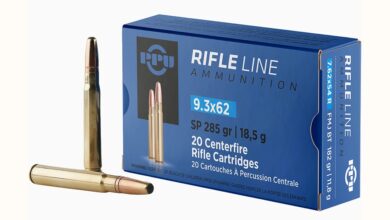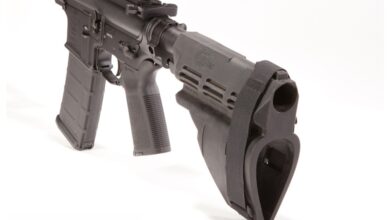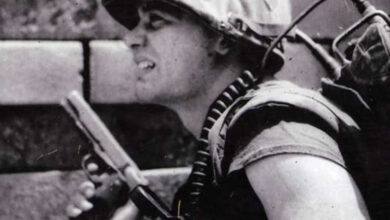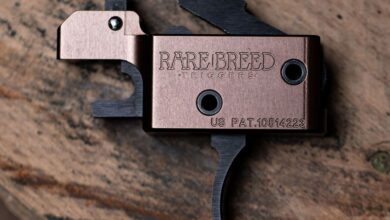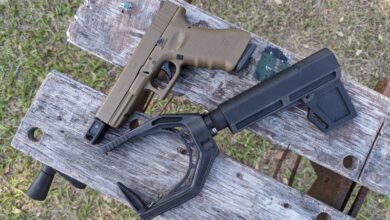A Women’s Guide to Picking the Right Knife
In the United States, 35.6 million households own pocket knives. However, only 31.2% of women own this self-defense tool compared to 68.8% of men. Looking at these numbers, it’s clear that female pocketknife ownership is exceptionally low. I believe this is because there is a lack of education surrounding these types of knives. So, I will help to demystify this incredibly versatile and useful tool.
Pocket Knives: What Are They?
A pocketknife is a type of knife whose blade typically folds into the handle. These knives generally have a blade 2 to 4 inches long and weigh 2 to 5 ounces. Weight is important when choosing a knife because it helps provide stability and determines how comfortably it carries.
Pocket knives are very well-rounded tools with many varying uses. These include self-defense, woodworking, slicing fruit and vegetables, opening letters, cutting packages, butchering small game, and much more. A pocketknife can also be referred to as a folding knife or jackknife, depending on the style of the knife.
Breaking It Down
Now that you have an idea of what a pocketknife is let’s take a closer look at its anatomy. I find it easiest to understand if you break it down into two distinct categories—the blade and the handle.
The Blade
The blade is the business part of the knife and can be constructed of steel or ceramic. This is where you will find the point, swedge, spine, edge, bevel, ricasso, jimping, and choil.
Starting with the point, this area on a knife is where the edge and the spine come together. The edge is the cutting part of a knife, while the spine is located on the top of the blade. The swedge is a slight bevel on the spine near the tip that does not come to an edge. It is used to aid in a knife’s penetrating ability.
A bevel, in simple terms, is the area on the blade that has been ground to form the knife’s edge. Most knives typically have two bevels—the primary bevel and the edge bevel. Correspondingly, most knives have bevels on both sides of the blade. However, some knives only have bevels on one side of the blade and are called a chisel grind. Bevel profiles are important because they help determine the edge’s strength, sharpness, durability, and intended function.
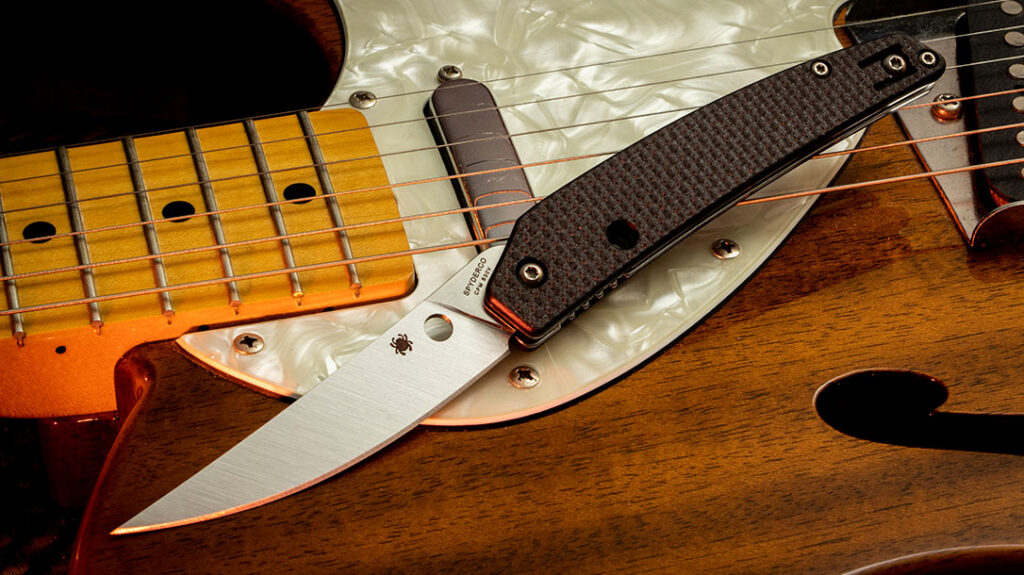
The ricasso is the unsharpened area at the rear of the blade and is known to be the thickest part of a blade. Above this area, on some knives, you might find what is called the jimping. Simply put, this is texturing on the spine that helps prevent your thumb from slipping during use.
Lastly, the choil is a small notch at the beginning of the edge and is either a sharpening choil or a finger choil. A finger choil is larger and allows you to choke up on the edge for better control during finer tasks. However, a sharpening choil is much smaller and helps reduce damage to the ricasso while sharpening.
The Handle
Moving on to the handle, this is the area on a knife where you grip the tool to be able to use it. On this area of the knife, you will find the pivot, lock, lanyard hole (in some cases), and pocket clip.
Starting with the pivot, this is where the blade attaches to the handle and allows the blade to open and close. There are many types of pivots and pivot materials that determine how easily the blade moves. High-quality knives have pivots that allow the blade to open and close much more easily than their lower-quality counterparts.

Once the blade is open, the lock is the feature that keeps it open and safe to use. There are many different types of locks and each has its strengths. Whatever knife you purchase, it is important to understand its locking mechanism and how to safely disengage it.
On some knives, you will find a lanyard hole at the end (or butt) of the handle. This can be used to attach a strap or piece of chord to help secure the tool during use.
Finally, on the back of most folding knives, you will find the pocket clip. This is used to attach to your pants pocket, making it easier to quickly retrieve for utility or self-defense.
Blade Profiles
As a beginner knife enthusiast, it’s important to understand that blades come in many diverse types, each with a different purpose. To give you a few examples, I will discuss some popular choices such as drop point, clip point, and tanto.
On a drop point, the knife’s spine curves downward to the point of the blade. The drop point is very common on many EDC pocket knives for its versatility and ability to perform most tasks.
A clip point knife is another popular blade type among knife lovers. This blade type looks like the spine has been “clipped” off at the tip. These blades are good for piercing objects because the point on this type of knife is generally more acute.
Lastly, a tanto blade has an angular edge made up of two cutting planes. Originally from Japan, the tanto point was designed specifically for combat, making it ideal for self-defense. Likewise, the unique geometry of the tanto provides a very robust tip that is excellent for penetration.
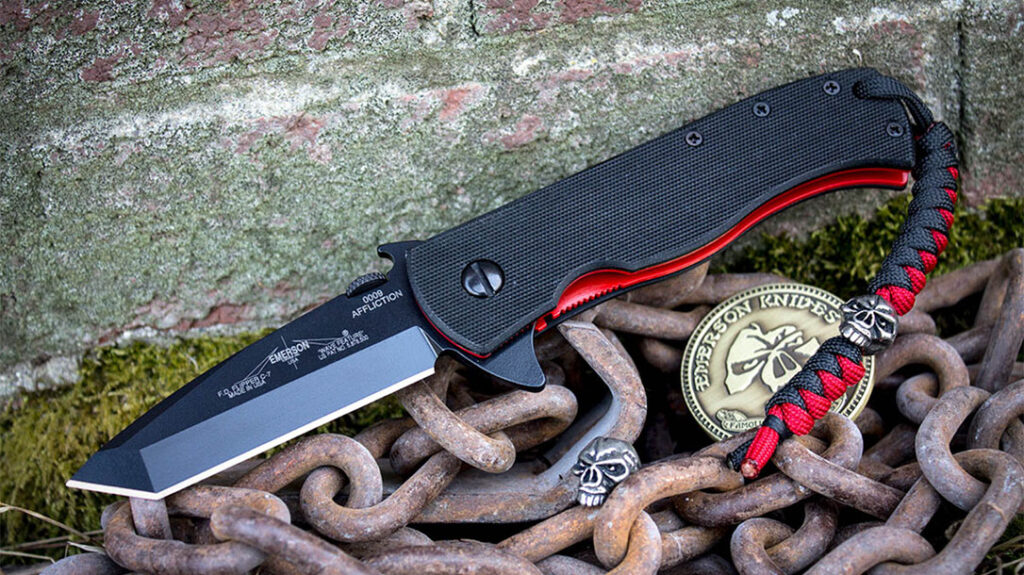
Overall, many other types of blades could be considered, such as sheepsfoot, Wharncliffe, and more. I find that the best way to choose the correct blade is to establish what you need it for. Then, do some research on all of the different blade profiles to find the one that best matches your needs.
Likewise, before you purchase, make sure the handle is comfortable for your hands. It if isn’t comfortable to use, you won’t carry it.
Closing Remarks
To put it simply, pocket knives are merely tools that can perform different tasks depending on their shape and size. They are tools that are easy to use and effective at what they do.
Essentially, it’s not hard to find the right knife, so long as you have a proper education and an understanding of what you need from this versatile tool. Whether for self-defense, hunting, or utility, there is a knife out there that is perfect for your needs.
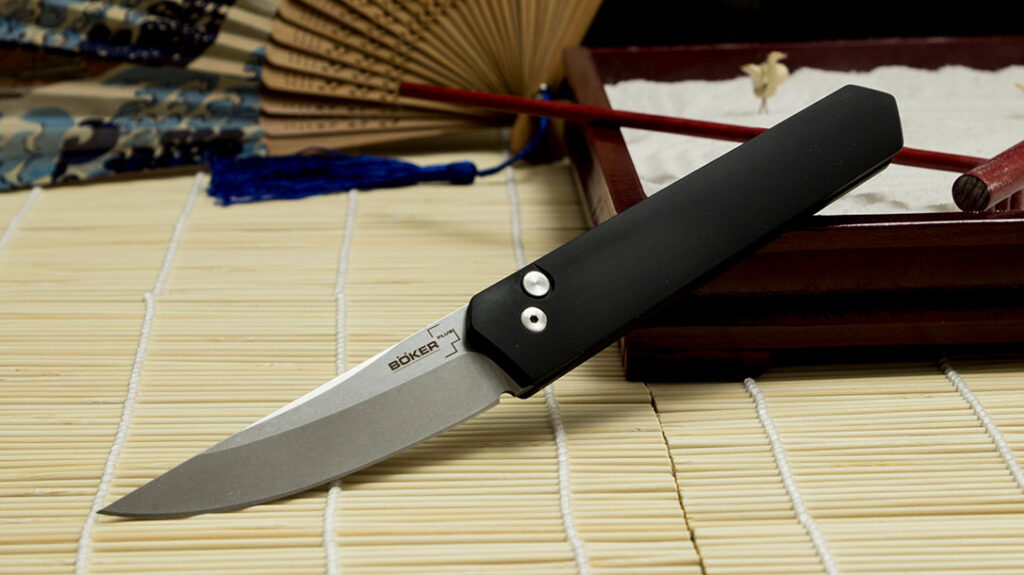


Didn’t find what you were looking for?
Read the full article here

